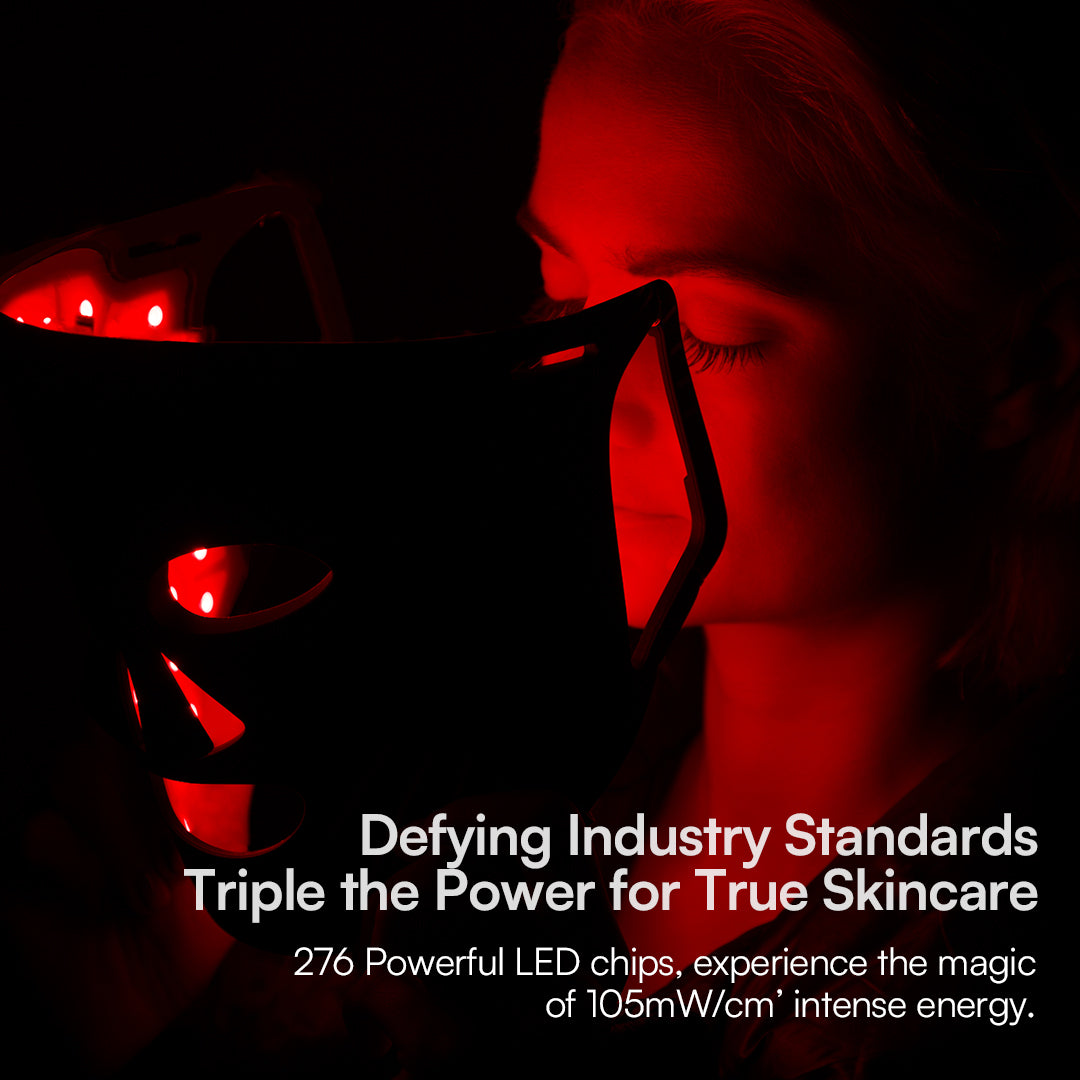Unlock the Secret to Youthful Skin with Red Light Therapy Magic!
In the ever-evolving world of skincare, red light therapy has emerged as a revolutionary treatment that promises youthful, glowing skin. This non-invasive therapy harnesses the power of specific wavelengths of light to rejuvenate facial skin, making it a popular choice among beauty enthusiasts and skincare aficionados alike. As more people seek natural and effective solutions for their skincare concerns, red light therapy stands out for its potential to improve skin texture and tone without the need for harsh chemicals or invasive procedures. In this article, we will delve deeper into the science behind red light therapy, explore its myriad benefits for facial treatments, and provide insights into the best techniques for incorporating this therapy into your skincare routine.

Understanding Red Light Therapy
Red light therapy, also known as low-level laser therapy (LLLT) or photobiomodulation, utilizes specific wavelengths of red light, typically between 600 and 650 nanometers. This light penetrates the skin, reaching the dermal layers where it stimulates cellular activity. At a biological level, the therapy works by enhancing mitochondrial function, which increases ATP production—the energy currency of our cells. When cells receive more energy, they can function optimally, leading to improved skin health. The science of photobiomodulation explains how light influences biological processes, promoting healing, reducing inflammation, and encouraging collagen production. This makes red light therapy particularly effective for facial treatments, as it targets the underlying causes of aging and skin damage rather than just the symptoms.
Benefits of Red Light Therapy for Facial Treatments
Red light therapy offers a plethora of benefits for facial treatments, making it a sought-after option for individuals looking to enhance their skincare regimen. One of the most notable advantages is its ability to improve skin tone and texture. Users often report a more radiant complexion and a reduction in the appearance of fine lines and wrinkles. Studies have shown that red light therapy can stimulate collagen production, which helps to plump the skin and improve elasticity. Additionally, it can accelerate the healing process for acne scars and other blemishes, providing a smoother skin surface. Beyond cosmetic enhancements, many users, including friends of mine who have tried it, have praised its calming effects on inflammation and redness, making it a suitable option for those with sensitive skin or conditions like rosacea. Expert opinions also highlight its efficacy, with dermatologists increasingly recommending red light therapy as a complementary treatment for various skin issues.
Techniques and Best Practices
When it comes to administering red light therapy, there are several techniques available, each catering to different needs and preferences. For those looking for convenience, at-home devices such as LED masks or handheld units can be effective options, allowing users to incorporate therapy into their daily routines. Professional treatments, typically offered at dermatology clinics or spas, may provide stronger, more targeted exposure. Regardless of the method chosen, the frequency and duration of sessions play a crucial role in achieving optimal results. Generally, sessions lasting between 10 to 20 minutes, three to five times a week, are recommended for noticeable improvements. It's essential to be consistent and patient, as results can take time. Additionally, ensuring that the device emits the correct wavelengths and is used as directed will maximize the benefits of red light therapy.
Safety and Considerations
As with any skincare treatment, safety should always be a priority. Red light therapy is considered safe for most individuals; however, some may experience mild side effects like temporary redness or irritation. It's crucial to consult with a healthcare professional before starting any new treatment, especially for those with pre-existing skin conditions or those who are pregnant. Moreover, while red light therapy is generally well-tolerated, understanding personal skin sensitivities can help tailor the treatment to individual needs. Always ensure that the device is used according to manufacturer instructions to avoid adverse effects.
Unlocking the Benefits of Red Light Therapy
In summary, red light therapy has emerged as a powerful ally in the quest for youthful, vibrant skin. With its scientifically-backed benefits, including improved skin tone, reduced wrinkles, and enhanced healing, it offers a natural approach to skincare. As we have explored, understanding how this therapy works and how to effectively incorporate it into your routine can unlock its full potential. Whether through at-home devices or professional treatments, red light therapy is a viable option worth considering for anyone looking to rejuvenate their facial skin. Embrace this innovative therapy, and you may just discover the secret to achieving that coveted glow!







